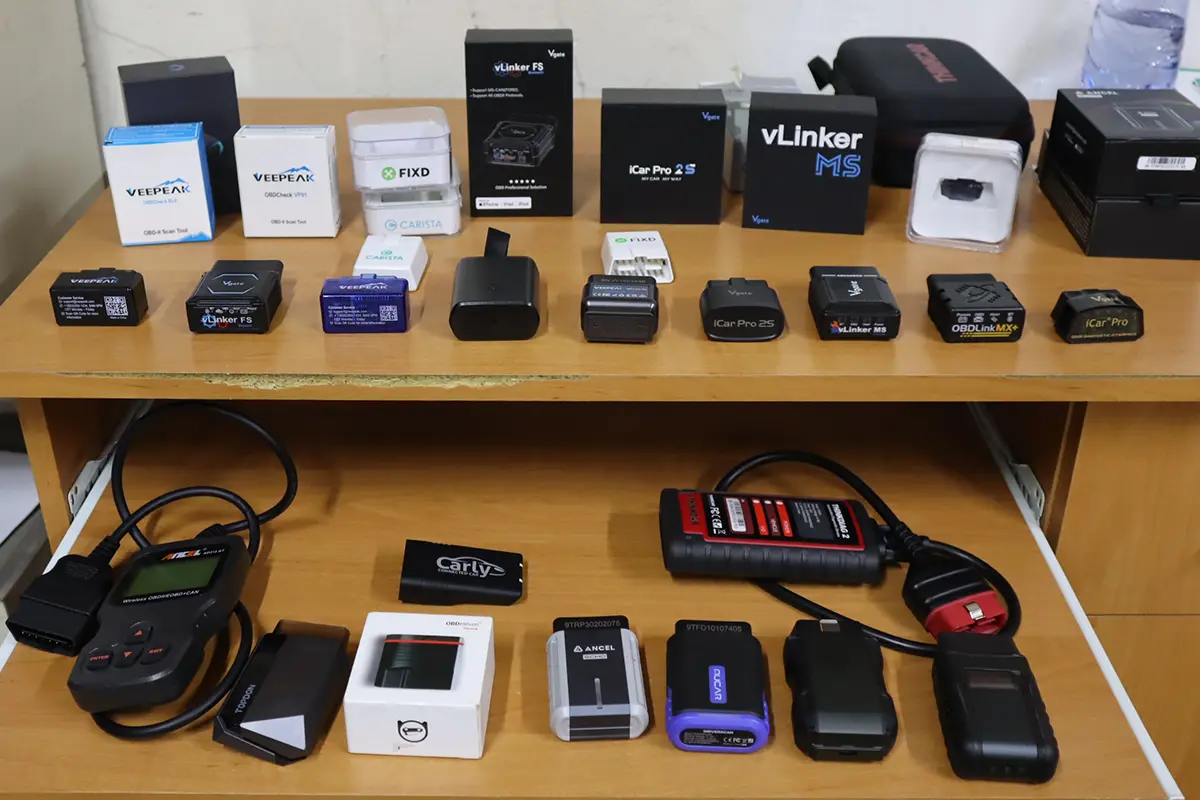The P00B1: Radiator Coolant Temperature Sensor Circuit refers to a problem within the circuit that monitors the temperature of the radiator coolant. This issue can stem from various causes, such as a faulty sensor, wiring problems, or a failure in the Powertrain Control Module (PCM). In simple terms, when this code appears, it indicates that there is an issue with the sensor responsible for monitoring the radiator’s coolant temperature, which could impact the engine’s cooling efficiency and overall performance.
P00B1 – Quick Overview
| Meaning | P00B1: Radiator Coolant Temperature Sensor Circuit |
| Is it serious? | Yes, this code can be serious as it can affect the engine’s cooling system, potentially leading to overheating and engine damage. |
| Possible causes | – Faulty radiator coolant temperature sensor – Wiring issues such as shorts or opens – Sensor connector problems – Faulty PCM |
| How to diagnose? | – Inspect the radiator coolant temperature sensor for proper operation. – Check wiring and connections for continuity. – Test the sensor using a scan tool. – Replace or repair any faulty components. |
P00B1 Meaning
The P00B1: Radiator Coolant Temperature Sensor Circuit code indicates that there is a problem with the circuit responsible for monitoring the temperature of the radiator coolant. This could be due to a malfunctioning sensor, a problem with the wiring, or an issue with the Powertrain Control Module (PCM). When this code appears, it suggests that the engine’s cooling system might not be working properly, which could lead to engine overheating and potential damage if not addressed.
Step-by-step diagnostic guide
Follow the outlined procedure to diagnose this DTC by eliminating possible causes one by one.
| Action | Description | Tools Needed |
|---|---|---|
| Check for Other Codes | Use an OBD-II scanner to check if there are any other related codes present. These might give additional clues about the problem. | OBD-II Scanner |
| Inspect the Radiator Coolant Temperature Sensor | Visually inspect the sensor for any signs of damage, corrosion, or disconnection. Ensure it is securely attached. | Flashlight, Safety Gloves |
| Test the Radiator Coolant Temperature Sensor | Using a scan tool, test the sensor to see if it is providing accurate temperature readings compared to the actual coolant temperature. | Scan Tool, Manufacturer’s Specifications |
| Inspect Wiring and Connectors | Carefully check the wiring and connectors leading to the sensor for any signs of wear, corrosion, or breaks. Look for loose or disconnected wires. | Flashlight, Multimeter |
| Repair or Replace Damaged Wiring/Connectors | If any wiring or connectors are damaged or corroded, repair or replace them. Ensure connections are secure and free from dirt or corrosion. | Wire Strippers, Electrical Tape, Replacement Wires/Connectors |
| Check the PCM (Powertrain Control Module) | Inspect the PCM and its connections for any signs of damage or loose connections. If the PCM is suspected to be faulty, it may need reprogramming or replacement. | OBD-II Scanner, Multimeter |
| Clear the Code and Test Drive | After completing the necessary repairs, clear the P00B1 code using the OBD-II scanner. Take the vehicle for a test drive to ensure the issue is resolved and the code does not return. | OBD-II Scanner, Vehicle Owner’s Manual |
| Recheck for Codes | After the test drive, re-scan the vehicle to ensure the P00B1 code has not reappeared. If the code returns, further diagnosis may be required. | OBD-II Scanner |

OBD-II scanner Buyer’s Guide
- Scanner features explained
- Different types of scanners
- Scanners for coding/odometer/ECU/checks
- Best picks + discount codes

Hi, I am Juraj “Yuri” Lukacko. I got frustrated by unhelpful and scammy mechanics, so I decided to learn everything about car diagnostics myself. I test dozens of new car diagnostic tools every month along with learning new strategies to fix and customize cars. About Juraj Lukacko (Yuri)